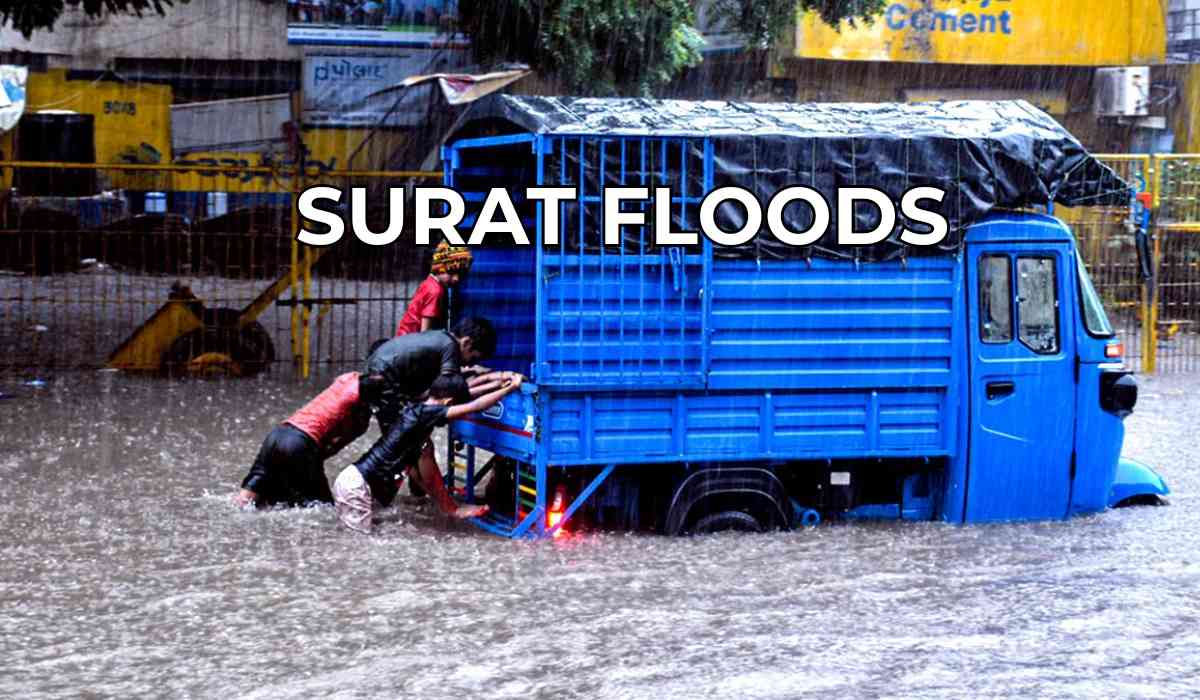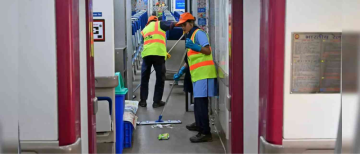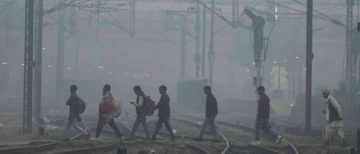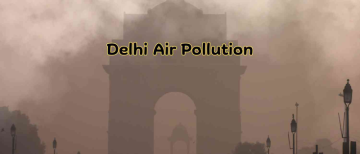As relentless monsoon rains continue to batter Gujarat, several districts are facing severe flooding, infrastructure damage, and large-scale evacuations. Surat, one of the worst-affected urban centers, saw the evacuation of 249 people, including 85 schoolchildren, as water levels surged across creeks, rivers, and residential areas. With the India Meteorological Department (IMD) issuing multiple orange alerts until June 30, both the state administration and disaster relief agencies are working round the clock to manage the escalating crisis.
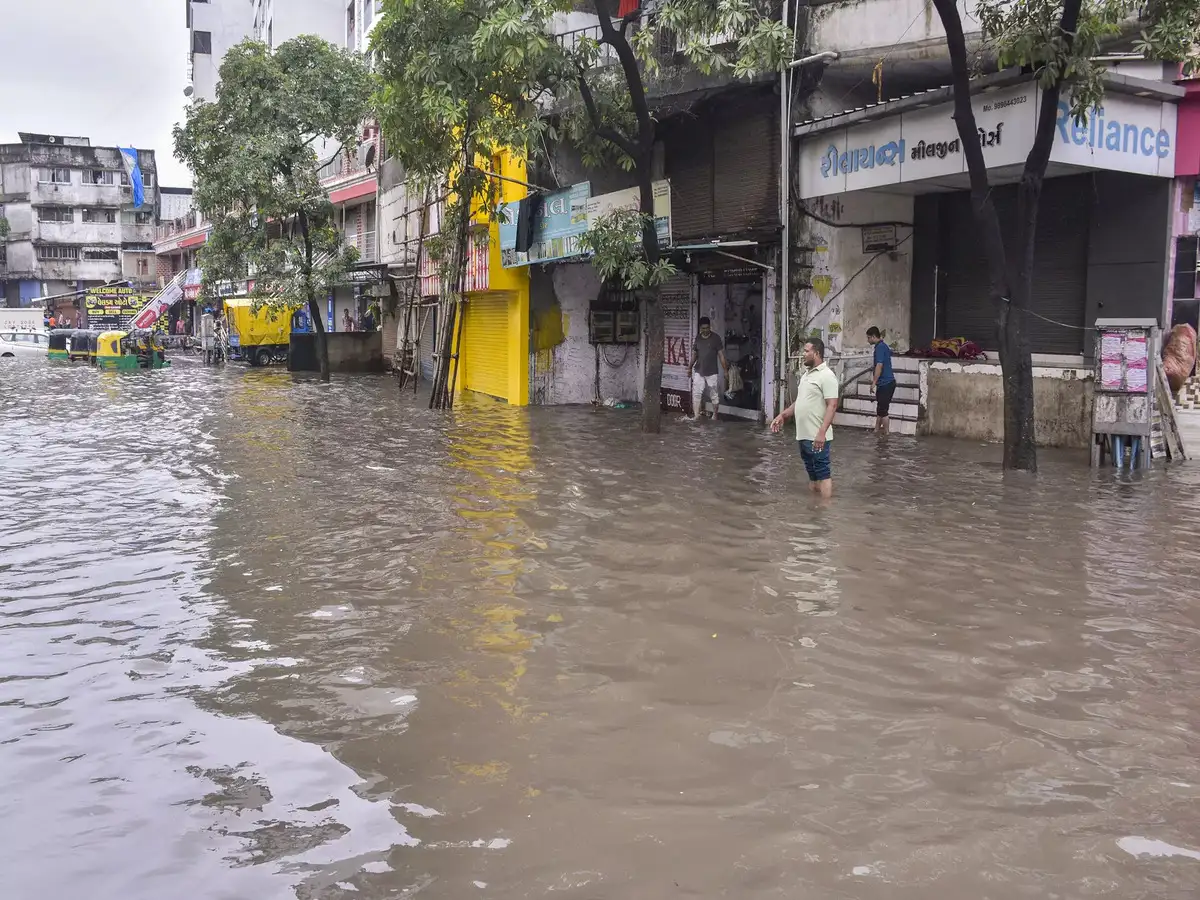
Heavy Rainfall Engulfs Gujarat: 159 Talukas Hit in 24 Hours
In just 24 hours, 159 talukas across Gujarat recorded light to heavy rainfall, with districts like Narmada, Dahod, Panchmahal, Valsad, Tapi, Surat, and Jamnagar receiving some of the heaviest showers. According to the State Emergency Operations Centre, Jodiya in Jamnagar saw the highest rainfall at 7.17 inches, followed by Mendarda (5.7 inches), Amirgadh (5.0 inches), and Palsana (5.6 inches).
Other talukas experiencing torrential downpours included:
-
Dahod: 180 mm
-
Shehera (Panchmahal): 159 mm
-
Vapi (Valsad): 154 mm
-
Jetpur Pavi (Chhota Udepur): 152 mm
-
Dharampur: 144 mm
-
Pardi (Valsad): 130 mm
-
Songadh (Tapi): 128 mm
-
Garudeshwar (Narmada): 125 mm
-
Vyara (Tapi): 124 mm
-
Bardoli (Surat): 124 mm
-
Godhra & Morva Hadaf (Panchmahal): 117 mm each
Surat: The Eye of the Storm
The city of Surat and its surrounding talukas bore the brunt of the monsoon surge. In a 32-hour window (from 8 am Monday to 4 pm Tuesday), Surat city received 170 mm of rainfall, causing waterlogging in major markets, schools, and residential areas.
Rainfall breakdown in Surat’s talukas:
-
Bardoli: 168 mm
-
Kamrej: 139 mm
-
Mahuva: 111 mm
-
Mandvi & Palsana: 93 mm each
-
Umarpada: 92 mm
-
Olpad: 47 mm
-
Choryasi: 38 mm
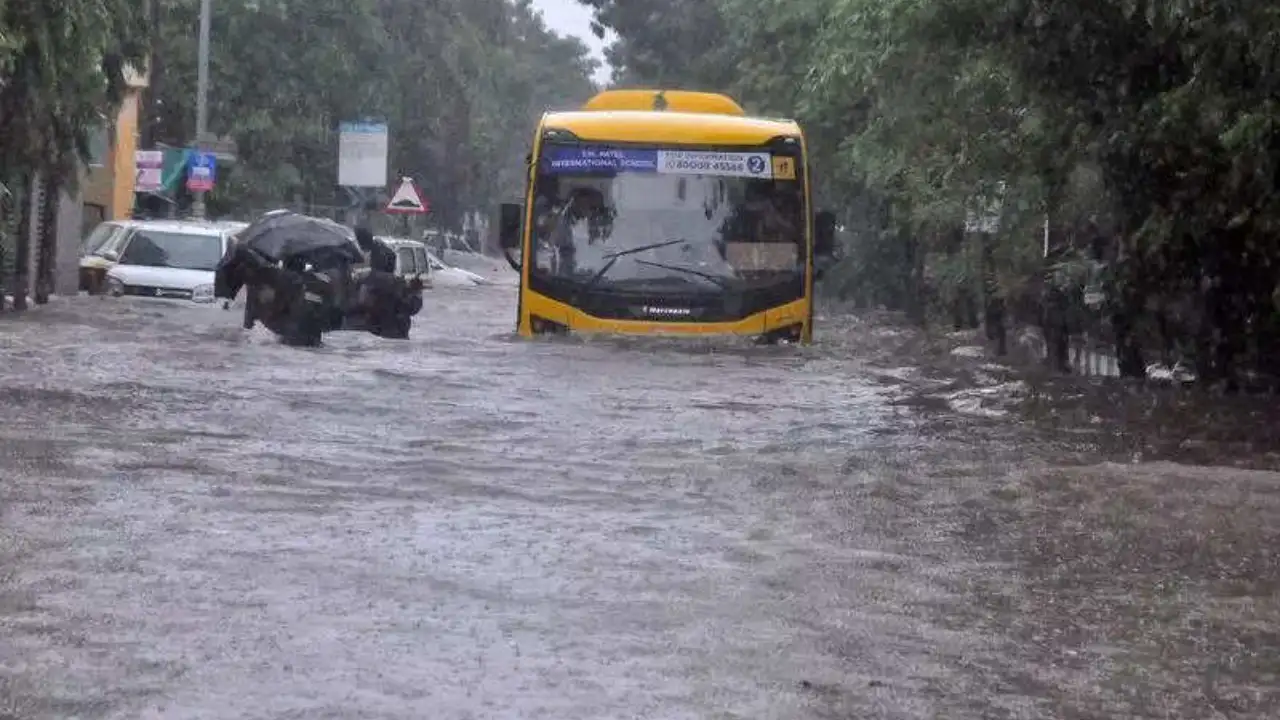
Mass Evacuations and Rescue Operations
Due to rising floodwaters, the Surat District Education Officer Dr. Bhagirathsinh Parmar ordered the closure of all government and self-financed primary, secondary, and higher secondary schools on Tuesday. One of the most critical rescues took place at Adarsh Residential School in Sarthana, where 85 students and 15 teachers were saved by the Surat Municipal Corporation (SMC) and shifted to a safer location. Municipal Commissioner Shalini Agrawal personally reviewed the arrangements.
In Palsana taluka, 149 villagers from Gangapur and Dhamdod were rescued after floodwaters entered their homes. Meanwhile, in Baben village (Bardoli), about 500 people received food and water aid from district panchayat officials after their homes were inundated.
Infrastructure Damage: Roads Closed, Markets Submerged
Across Surat, 62 roads were closed due to flooding, and police forces were deployed to redirect traffic and ensure public safety. A collapsed electric pole at the Antroli crossroad junction led to widespread power outages, though services were restored later.
Textile markets, the economic lifeline of Surat, were severely affected. Water entered the basements and ground floors of at least ten major textile hubs, including:
-
Raghukul Market
-
JD Textile Market
-
Silk Plaza
-
Millennium Textile Market 1
-
Someshwara
-
Anmol Market
Power supply to these markets was disrupted, and the Federation of Surat Trade and Textile Association, led by Kailash Hakim, urged traders to shift goods to safer floors. Cleanup efforts were initiated by market authorities to minimize losses.
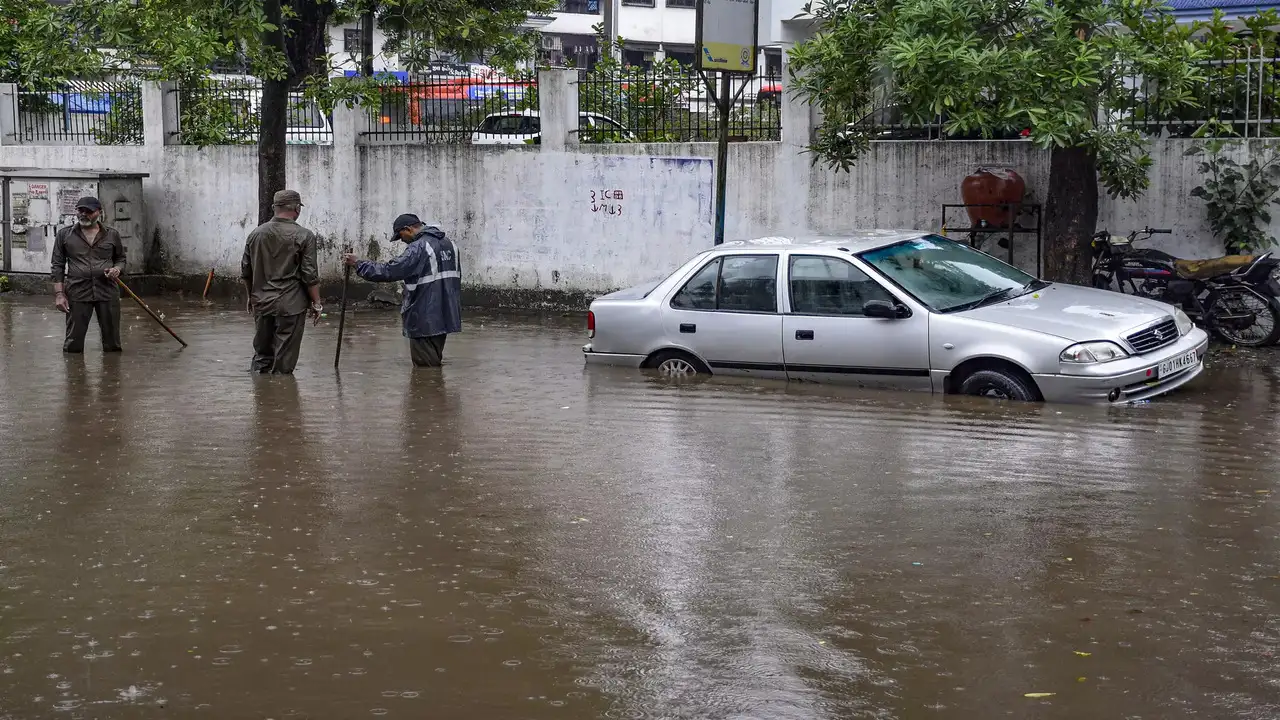
Statewide Alerts: IMD Warnings Extend Through June 30
The India Meteorological Department (IMD) has issued multiple orange alerts for districts likely to receive heavy to very heavy rainfall:
Orange Alert Issuance Schedule:
-
June 24: Amreli, Bhavnagar, Navsari, Valsad
-
June 25: Aravalli, Mahisagar, Dahod, Panchmahal, Chhota Udepur, Navsari, and Saurashtra & South Gujarat
-
June 26–28: Banaskantha, Sabarkantha, Aravalli
-
June 29: Banaskantha, Sabarkantha
-
June 30: Banaskantha, Sabarkantha, Navsari, Valsad
A yellow alert continues for districts like Rajkot, Junagadh, Gir Somnath, Bharuch, Surat, Tapi, and Dang.
Disaster Management in Full Swing
To combat the worsening situation, the National Disaster Response Force (NDRF) and State Disaster Response Force (SDRF) teams have been deployed across vulnerable districts. Round-the-clock control rooms are active, and local administrations have been instructed to:
-
Monitor dam levels
-
Ensure swift dewatering in low-lying areas
-
Facilitate emergency evacuations
-
Restore electricity, healthcare, and water supply services without delay
Mobile medical vans from SMC have begun health screenings and distributed medicines in flood-affected zones like Mithi Creek and Dumbhal Fire Station.
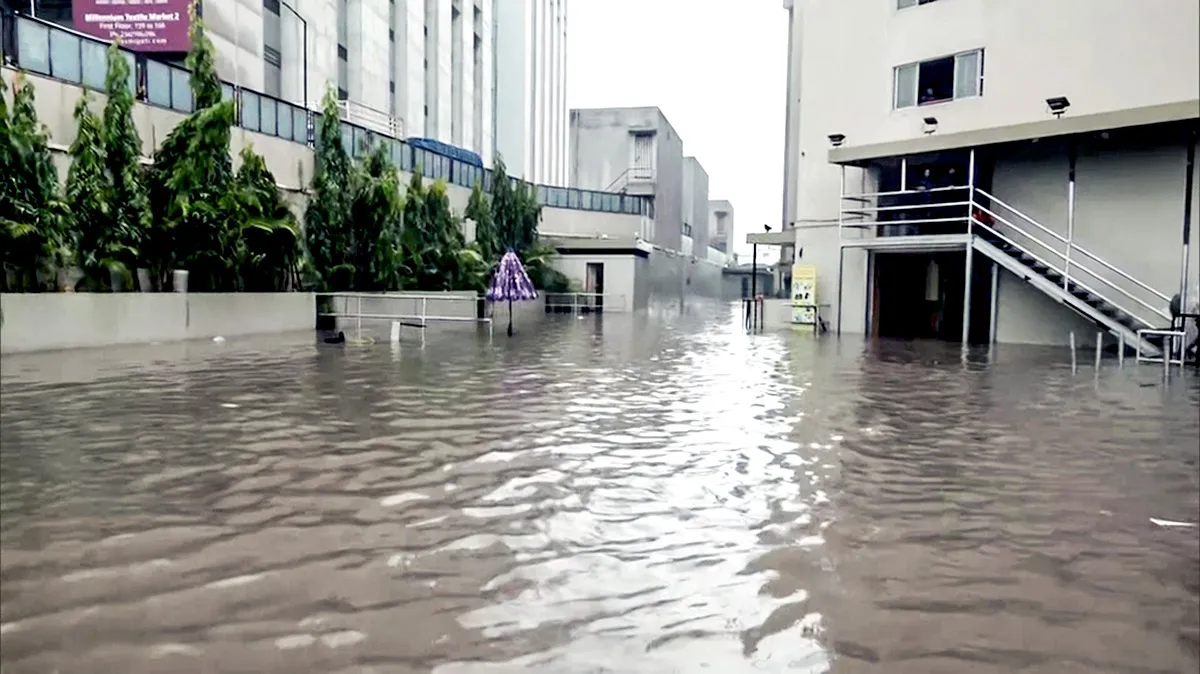
Government Response and Precautionary Measures
The education department has issued blanket authorizations to district collectors to shut schools if local weather conditions deteriorate further. The health, power, and water supply departments remain on high alert to prevent service disruptions.
The Surat Municipal Corporation, along with local bodies and traders' associations, continues to assess the damage and provide relief to affected families. Cleaning crews, disaster response personnel, and civic staff are working overtime to clear clogged drainage systems and flooded streets.
A State Under Siege, But Holding Steady
As Gujarat grapples with one of the fiercest monsoons in recent years, the scale of damage and disruption is a stark reminder of the state’s vulnerability to extreme weather. With forecasts predicting continued downpours and alerts in place until the end of June, the coming days are crucial.
From students being rescued in PCR vans, to traders fighting to protect their inventories, Gujarat’s citizens and frontline workers are displaying resilience in the face of adversity. However, long-term climate preparedness, robust drainage systems, and better urban planning are imperative to reduce such disruptions in the future.
With inputs from agencies
Image Source: Multiple agencies
© Copyright 2025. All Rights Reserved Powered by Vygr Media.

